Five Impossible Facts That Would Have To Be True If The Earth Were Flat
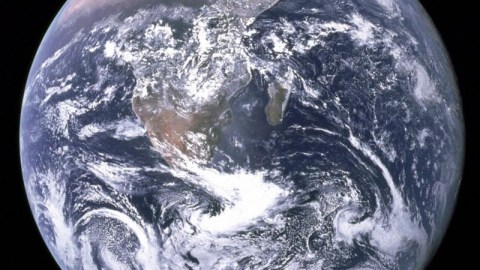
It isn’t flat, and these simple observations that you can make from the ground can demonstrate it to anyone.
From any one location on the surface of the Earth, it’s impossible to tell what our planet’s shape is. Having a single vantage point, even with a clear horizon, allows you to see a handful of miles (or kilometers) in any direction, but that can only allow you to place constraints. The Earth could be flat, or spherical, or in hydrostatic equilibrium, or egg-shaped, or irregular, and you wouldn’t know. All that you can know, from a single location on our surface, is that the Earth is indistinguishable from flat beyond a certain degree. If the Earth is round, it must be quite large: more than a few hundred miles (or kilometers) in diameter.
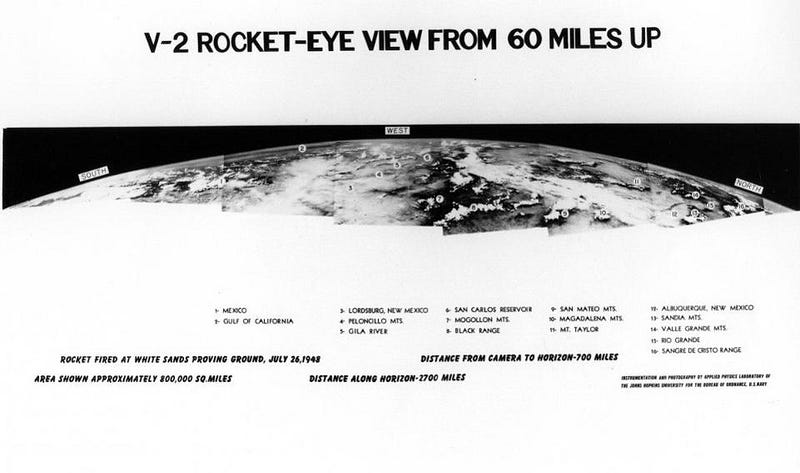
Of course, it actually is quite round: a near-perfect sphere, to better than 99% precision. If you leave Earth’s surface, it’s impossible not to see the true shape of the Earth, as it’s been unavoidable since we first traveled high enough to observe our planet’s curvature.
From high altitudes, or even from space, the true shape of the Earth can easily be seen. Its dimensions can be measured; its radius of curvature in all directions can be calculated; the imperfections and departures from sphericity are directly observable by our instruments. If you travel far enough away from Earth, you can observe an entire hemisphere at once, even watching the planet rotate on its axis in real time. At right around 12,700 kilometers (7,900 miles) in diameter, our world is undoubtedly a sphere.
But what if you had never been to space, or high enough up to see the Earth’s curvature yourself? What if you had never circumnavigated the globe, done the Eratosthenes experiment, or heard about the Shaquille O’Neal experiment that anyone can perform? Believe it or not, there are still a number of simple observations you can make that wouldn’t occur if the Earth were flat. Here are the top five simplest ones.
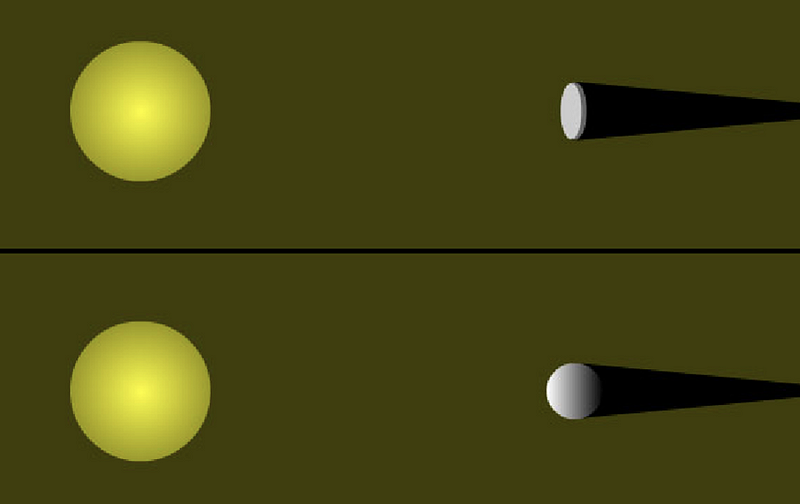
1.) Lunar Eclipses don’t occur only at midnight. Take a look at the shape of the Earth’s shadow during a lunar eclipse, particularly during a partial phase. Do you notice how the Earth’s shadow always appears to be a piece of a near-perfect circle? If the Earth were a flat disk, that means there’s only one possible orientation that the Sun-Earth-Moon alignment can take place in to create a circular (rather than elliptical) shadow: with the Earth’s “disk” perpendicular to the Sun-Moon plane. This means the Sun would need to be at the “midnight” position relative to the night side of Earth, and yet lunar eclipses occur at all different times depending on where you are on Earth. The flat Earth can’t explain that.
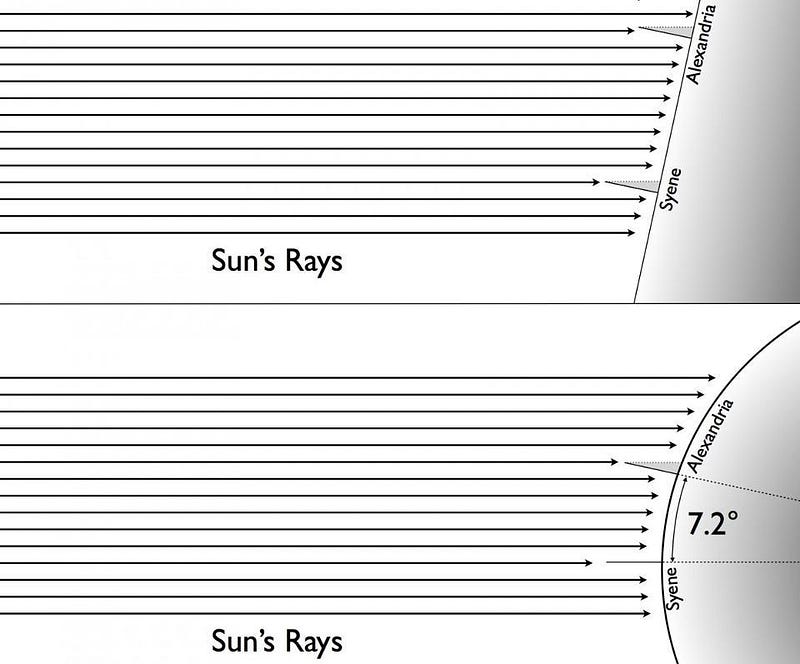
2.) Different locations on Earth experience seasons at different times. Ever notice how the summer in the United States corresponds to winter in Australia? Or how winter in Italy lines up with summer in Argentina? This is because the Sun’s rays, which are almost perfectly parallel, strike Earth at different angles during different parts of the year. If the Earth were flat, the Sun’s rays would always come in at the same angle, meaning that the USA, Australia, Italy, and Argentina would all experience the seasons the same exact way. The flat Earth idea can’t explain this.
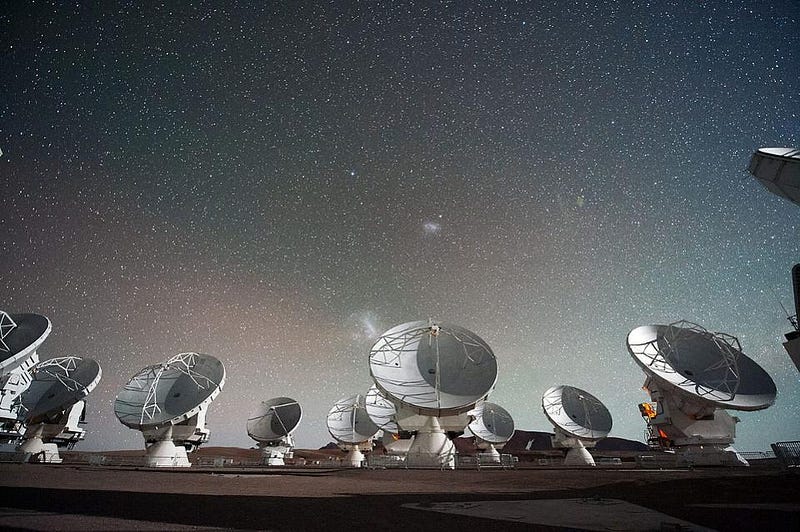
3.) Different stars are visible from different latitudes. Look up at the night sky from a very high (northern) latitude location, and you’ll see the Big and Little Dippers, the bright orange giant Arcturus, and the Pleiades, among other sights. Yet if you head to the south pole, none of these celestial sights are visible, but you can see Alpha Centauri, the Magellanic Clouds, and the Southern Cross, all of which are never visible to most northern hemisphere skywatchers. If the Earth were flat, everyone on the night side of the Earth would see the same sky; this is another observation that the flat Earth can’t account for.
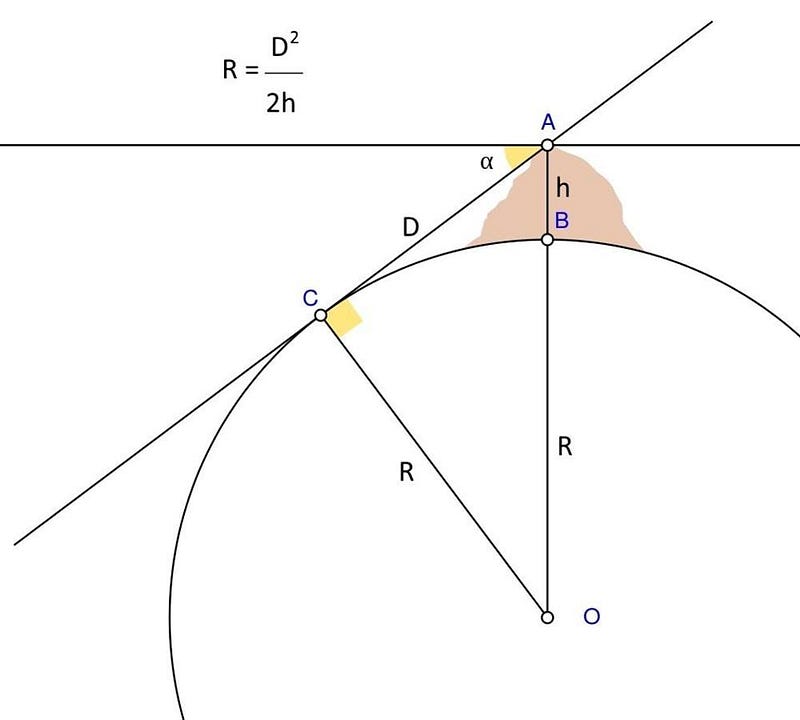
4.) You cannot see Kawaikini from the peak of Mauna Kea. Mauna Kea, the highest peak in Hawaii (the summit of the Big Island), offers incredible views. With nothing but the ocean around it, and a few other nearby islands, you should be able to see extremely far away. The island of Kauai has the seventh highest point in the Hawaiian islands: the peak known as Kawaikini. If you were to draw a straight line from Mauna Kea (elevation: 13,796 ft.) to Kawaikini (elevation: 5226 ft.) it would span a distance of 303 miles.
However, you cannot see one from the other, which you would absolutely be able to do if the Earth were flat. With a curved Earth of its measured radius, the line-of-sight limit for those two elevations caps out at 233 miles. Only with a curved Earth is one invisible from the other, and this is true for any two mountain peaks with clear line-of-sights from one to the other.

5.) Sunsets and sunrises happen at different times depending on your longitude. If the Earth were flat, then someone in New York and someone in Los Angeles would see the sun rise and set at exactly the same time as one another. But in practice, the difference is approximately three hours. Not only that, but at every point in between, the Sun rises/sets at a different time, something that could not happen if the Earth were flat. The fact that it can be evening in New York and late afternoon in Los Angeles, or morning in New York while it’s still before dawn in Los Angeles, is something that a flat Earth can’t account for.
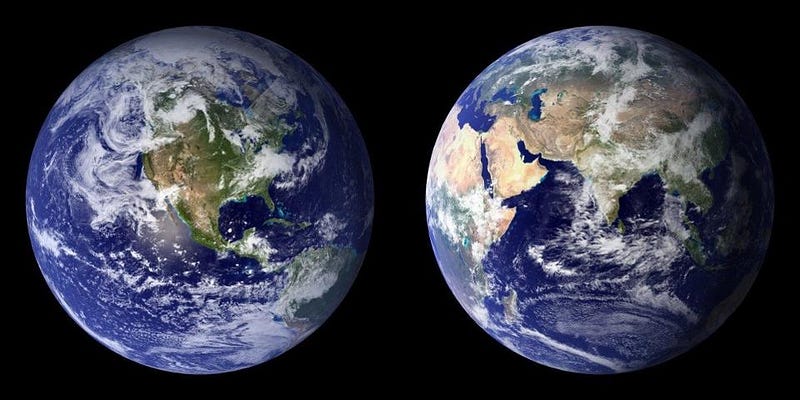
If the Earth were flat, these five phenomena would be very different, and yet they are so simple to verify that any flat Earth believer cannot possibly doubt their veracity. Whether it changes anyone’s mind is up for debate, but without resorting to space, circumnavigation, or any advanced scientific experiments, you can experience a whole handful of phenomena that a flat Earth can’t account for. With a flat Earth, we’d only get lunar eclipses at midnight, everywhere would have the same seasons, every location would see the same stars, all high mountain peaks would be visible from one another, and every place on your “side” of the Earth would see sunrise and sunset at the same time. Since these are false, so is the flat Earth.
If this helps even one person challenge their belief that the Earth is flat, it’s a remarkable win for knowledge. But don’t bet on it. Like the old saying goes, you can’t reason someone out of a position they didn’t reason themselves into.
Ethan Siegel is the author of Beyond the Galaxy and Treknology. You can pre-order his third book, currently in development: the Encyclopaedia Cosmologica.





